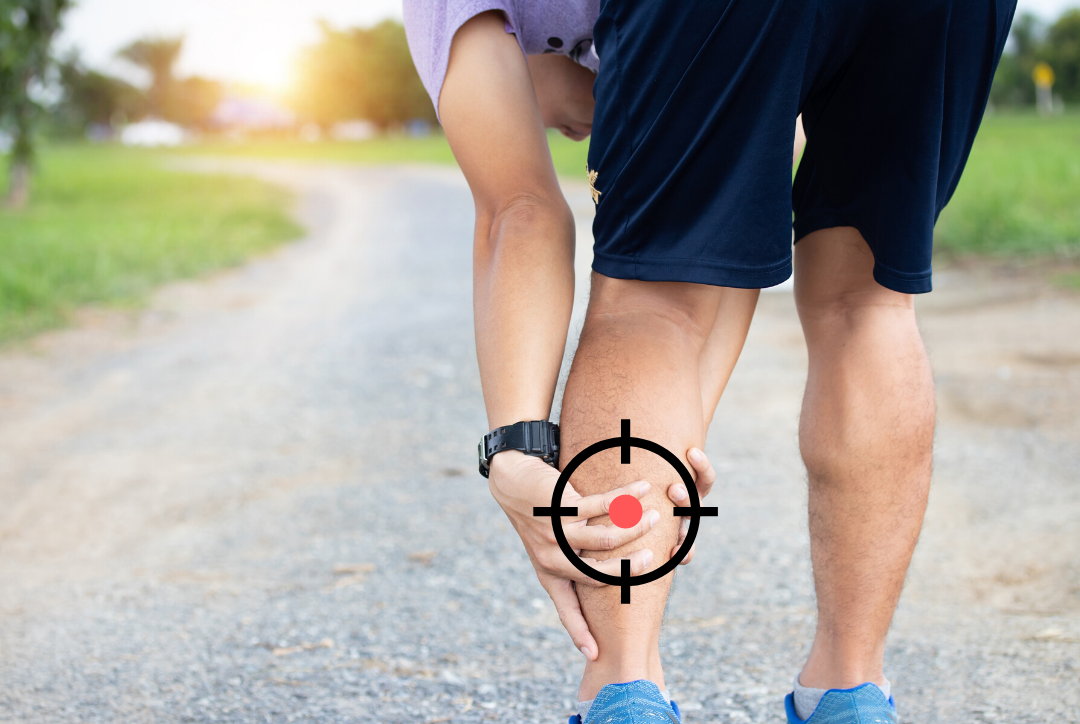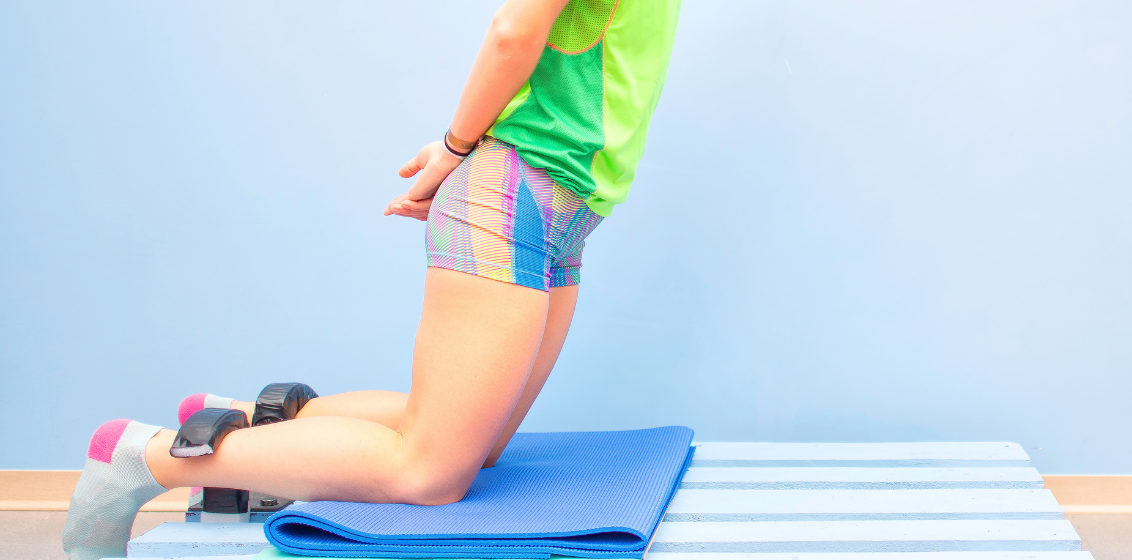Taking aim at Calf Strains

In Over-35 Soccer circles there’s a joke about the sniper who hangs around grassy knolls on Sundays and picks off calf muscles, usually when a player is in full flight, or taking off at warp speed to chase down an opponent or get through on goal. In running circles, there’s the “old man calf” that holds you back from a breakthrough run split in a triathlon. Read on to find out why these jokes have an element of science behind them.
Calf muscle tears are one of the most common sporting injuries in running sports, especially all of the football codes. There has been some great research recently shining some light on this debilitating problem which could be a great help to the young at heart athlete battling an annoying, ongoing calf problem stopping them doing what they love.
Some of the facts to come out of the scientific research
- Calf strains are one of the top 4 muscle injuries in AFL football
- Professional footballers with full time rehab, physio and sports science teams take on average 23 days to return to play
- There is a 16% recurrence rate, highest in the 6 months after the original injury. Second injuries take more than two weeks longer to recover than the first one.
- The deep calf muscle, the soleus, is the most commonly injured calf muscle, and is responsible for the longest recovery times and highest recurrence rate
- Being older is a risk factor for calf muscle injury.
- Having a previous calf, or hamstring or quadricep muscle strain is also a risk factor for calf muscle injury. Otherwise there is no other identified factors to do with the player, footwear, playing surface etc that is associated with calf injuries.
- Using MRI, the identification of connective tissue damage ( tendon and similar tissue within the muscle) predicts a longer recovery time.
The big take home points from this data is that professional footballers in the optimum rehab setup still take 3 weeks on average to recover. They still battle high re-injury rates and the older ones tear calves more often.
What are the patterns we see at Parkside Sports Physio with calf tears?
The most common patterns we see are older male athletes who ignore a calf strain, rest one week, do no rehab and seek advice after their 2nd or 3rd re-tear. It blows our mind.
So what do we do about this?
- Pre-habilitation: a program of high load calf strengthening exercises for both of the calf muscles should be part of any running athlete’s program once they hit their 30s. We know calf power decreases with age at a rate greater than any other muscle group. Stopping that decline is a vital step
- Pre-season training with a plan. Gradually building running volume from Christmas is a smart idea. Starting team training early and gradually building field size and kick around duration gradually builds load on running muscles and incorporating short sprints is a good idea too
- Seek treatment early. We sound like a broken record with this one, but waiting two weeks can cost you double that at the back end as we have to undo the weakness and tightness that develops after the initial injury
- Hit the right recovery benchmarks before returning to play. Being able to walk without pain is not an accurate predictor of readiness to play. We see heaps of you who can walk and slowly jog a lap and declare yourself fit, only to re-tear your calf on the first sprint after coming off the bench.
Get a professional rehab program, finish it off and return to play with the best possible chance of finishing the first game, and the rest of the season.
If you got something out of this blog post, feel free to share it with someone you know struggling with a calf problem, or pop it up on your team’s page for everyone to check out.



